 How to use this Book Look for these colorful tabs to guide your Animal Bites adventure. where they live
How to use this Book Look for these colorful tabs to guide your Animal Bites adventure. where they live
Explore different animal habitats and ecosystems african elephant
When you see a tab this color, get a close-up look at amazing animals how they live
Learn how animals behave and adapt to their environment vista
See awesome photos that show the places animals live big data
Find the facts and figures animal gallery
Take a look at animal similarities and differences living/working
Find out different ways people interact with animals and their habitats conservation Just like me Look for this feature to see how animals behave and live like humans. 
 Wild Animals Laaren Brown Table of Contents where they live
Wild Animals Laaren Brown Table of Contents where they live
Why live there? african elephant
Stepping out how they live
Chowing down amur tiger
Hey, tiger how they live
The hunt is on mountain gorilla
Father knows best how they live
Family affair how they live
Coming clean vista
Pretty in pink green basilisk lizard
Run, lizard! Run! where they live
Water, water everywhere saltwater crocodile
Crocodile smile big data
The stackup where they live
Seasonal specials grizzly bear
Grin and bear it vista
Moose tracks how they live
Friend me animal gallery
Up in the air bald eagle
The bald and the beautiful wild living
In the mountains giraffe
Hello, up there vista
Hump day where they live
Going to extremes orca
Onward and orca-ward how they live
Baby faces animal gallery
High and low emperor tamarin
Stately stache wild working
Its wild out there how they live
Staying alive how they live
Whose little baby are you? regal jumping spider
Jump to it vista
Eye see you big data
On the wild side conservation
Back from the brink Why live there? Some wild animals live in the hot jungle. Others call the dry desert home. Still others are found at the freezing poles. Each has special features that help it live in its surroundings.
Spa day 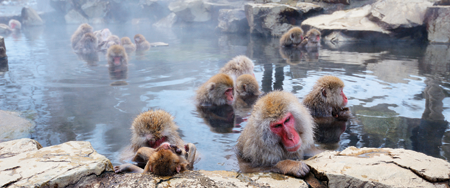 The Japanese macaque lives in colder places than any other ape or monkey. A thick coat helps keep out the cold. Groups of macaques (called troops) also bathe in hot springs to stay warm. Hoarder
The Japanese macaque lives in colder places than any other ape or monkey. A thick coat helps keep out the cold. Groups of macaques (called troops) also bathe in hot springs to stay warm. Hoarder 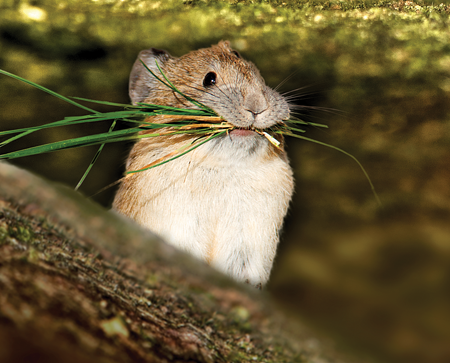 The little pika lives in cold places that don't get much rain. It prepares for winter by stockpiling food. In summer, it works hard to gather food to store.
The little pika lives in cold places that don't get much rain. It prepares for winter by stockpiling food. In summer, it works hard to gather food to store.
Fungal food  Leaf-cutter ants climb high in rain forest trees of South America to snip off pieces of leaves. The ants drag the leaves underground, and the colony feeds on the fungus that grows as the leaves decay. Dropping in for dinner
Leaf-cutter ants climb high in rain forest trees of South America to snip off pieces of leaves. The ants drag the leaves underground, and the colony feeds on the fungus that grows as the leaves decay. Dropping in for dinner 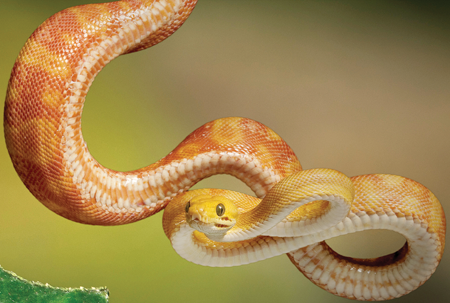 The Amazon tree boa spends most of its life in the trees, where its blotchy coloring helps it blend in. When looking for a meal, the boa hangs down from a branch to snatch lizards and birds nearby. Wait and see
The Amazon tree boa spends most of its life in the trees, where its blotchy coloring helps it blend in. When looking for a meal, the boa hangs down from a branch to snatch lizards and birds nearby. Wait and see 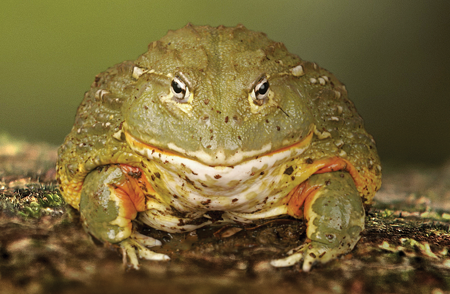 The African bullfrog survives dry periods by burrowing into the ground and sealing itself in a mucus sac that keeps it wet. The frog can stay underground for up to a year.
The African bullfrog survives dry periods by burrowing into the ground and sealing itself in a mucus sac that keeps it wet. The frog can stay underground for up to a year.
Stepping out African elephants are smart, and they have long memories. This is a survival tool, because it allows them to remember places where they have been and recognize other elephants they know. 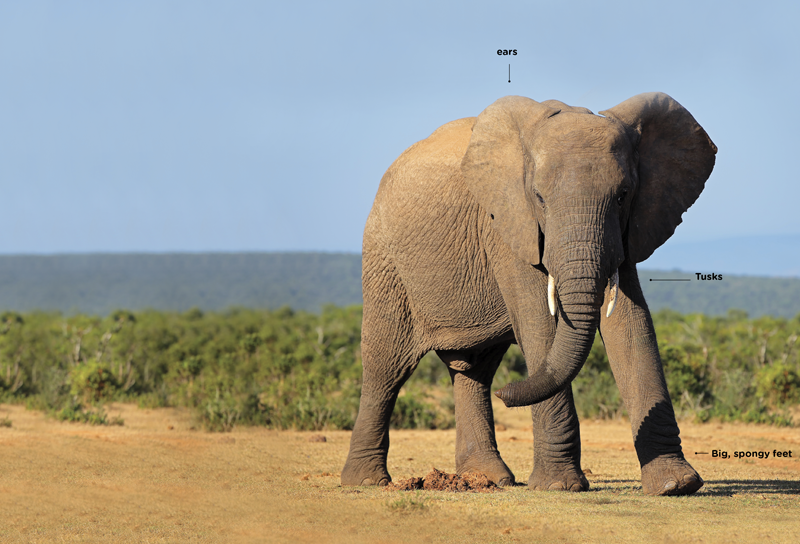 The ears are big! The animal flaps its ears to lower its body temperature. Tusks are found on both males and females. Tusks are very long teeth. Big, spongy feet support the elephants great weight.
The ears are big! The animal flaps its ears to lower its body temperature. Tusks are found on both males and females. Tusks are very long teeth. Big, spongy feet support the elephants great weight.
Just like me Elephants are like people in many ways. They love their families, and they enjoy playing.  Some elephants seem to enjoy being around peoplebut most African elephants prefer to hang out with other African elephants. INFO BITES
Some elephants seem to enjoy being around peoplebut most African elephants prefer to hang out with other African elephants. INFO BITES 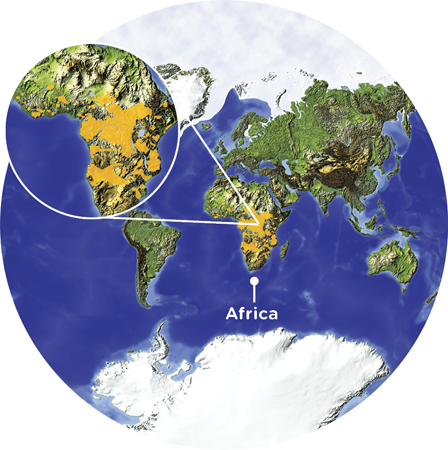 African Elephant Range Name: African Elephant Type of animal: Mammal Home: 37 African countries, all south of the Sahara desert Size: Males (bulls) are 14 feet tall at the shoulder and weigh 9,000 to 14,000 pounds, making them the largest land animals on Earth. Two pickup trucks weigh about the same.
African Elephant Range Name: African Elephant Type of animal: Mammal Home: 37 African countries, all south of the Sahara desert Size: Males (bulls) are 14 feet tall at the shoulder and weigh 9,000 to 14,000 pounds, making them the largest land animals on Earth. Two pickup trucks weigh about the same. 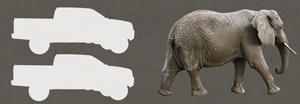 Chowing down Animals are connected in many waysin particular, by food.
Chowing down Animals are connected in many waysin particular, by food.  Chowing down Animals are connected in many waysin particular, by food.
Chowing down Animals are connected in many waysin particular, by food.
Some wild animals feed on seeds, berries, and plants. Others eat nothing but meat. Still others eat both plants and meat. Heres a look at who eats what. Skilled hunters 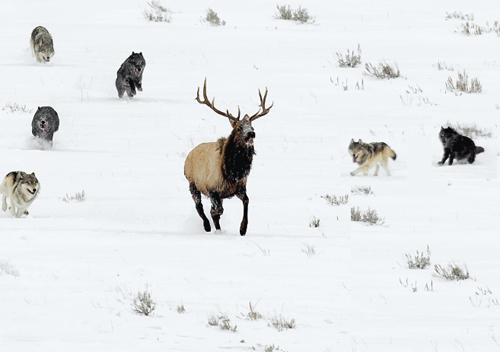 Gray wolves are top predators, which means that few animals hunt them. They eat large hoofed animals, including elk.
Gray wolves are top predators, which means that few animals hunt them. They eat large hoofed animals, including elk.
Even though a single wolf can take down an animal ten times its size, wolves usually hunt in packs. Eating right  Wild animals need to eat certain foods to stay healthy. People need to eat a balanced diet, too. Otter-wise
Wild animals need to eat certain foods to stay healthy. People need to eat a balanced diet, too. Otter-wise 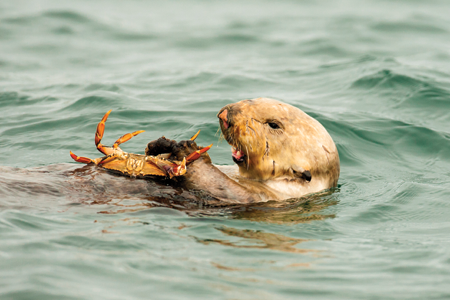 Sea otters hunt and eat smaller animals. Favorites include crabs, clams, and other creatures that live in the shallow waters near the shore. Big predators such as sharks, orcas, and bears eat sea otters.
Sea otters hunt and eat smaller animals. Favorites include crabs, clams, and other creatures that live in the shallow waters near the shore. Big predators such as sharks, orcas, and bears eat sea otters.
Little stinkers  Skunks eat both plants and animals. They feed on fruit and roots, as well as insects and small rodents. When threatened, they raise their tails and release a foul-smelling spray. Eager beaver
Skunks eat both plants and animals. They feed on fruit and roots, as well as insects and small rodents. When threatened, they raise their tails and release a foul-smelling spray. Eager beaver 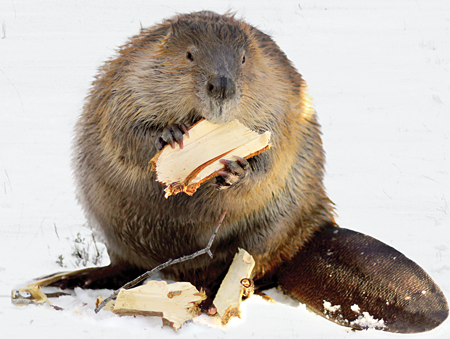 Beavers are herbivores, which means they eat plants. Tree bark and twigs are favorite foods. They also like water lilies and cattails.
Beavers are herbivores, which means they eat plants. Tree bark and twigs are favorite foods. They also like water lilies and cattails.
Next page




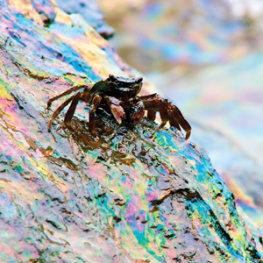

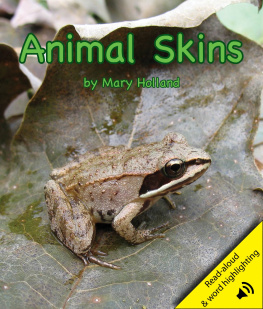

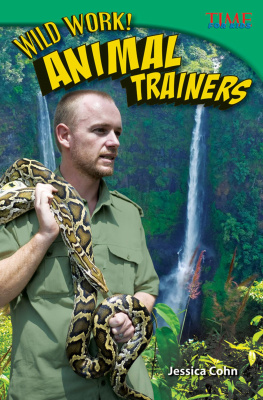
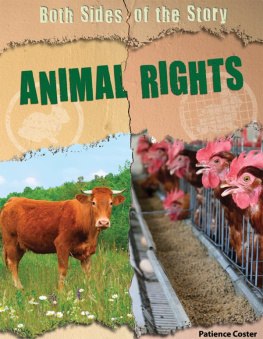




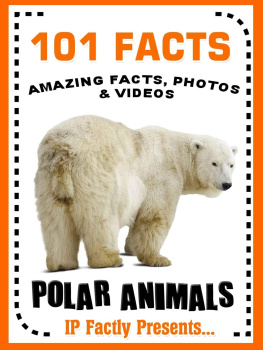
 How to use this Book Look for these colorful tabs to guide your Animal Bites adventure. where they live
How to use this Book Look for these colorful tabs to guide your Animal Bites adventure. where they live
 Wild Animals Laaren Brown Table of Contents where they live
Wild Animals Laaren Brown Table of Contents where they live The Japanese macaque lives in colder places than any other ape or monkey. A thick coat helps keep out the cold. Groups of macaques (called troops) also bathe in hot springs to stay warm. Hoarder
The Japanese macaque lives in colder places than any other ape or monkey. A thick coat helps keep out the cold. Groups of macaques (called troops) also bathe in hot springs to stay warm. Hoarder  The little pika lives in cold places that don't get much rain. It prepares for winter by stockpiling food. In summer, it works hard to gather food to store.
The little pika lives in cold places that don't get much rain. It prepares for winter by stockpiling food. In summer, it works hard to gather food to store. Leaf-cutter ants climb high in rain forest trees of South America to snip off pieces of leaves. The ants drag the leaves underground, and the colony feeds on the fungus that grows as the leaves decay. Dropping in for dinner
Leaf-cutter ants climb high in rain forest trees of South America to snip off pieces of leaves. The ants drag the leaves underground, and the colony feeds on the fungus that grows as the leaves decay. Dropping in for dinner  The Amazon tree boa spends most of its life in the trees, where its blotchy coloring helps it blend in. When looking for a meal, the boa hangs down from a branch to snatch lizards and birds nearby. Wait and see
The Amazon tree boa spends most of its life in the trees, where its blotchy coloring helps it blend in. When looking for a meal, the boa hangs down from a branch to snatch lizards and birds nearby. Wait and see  The African bullfrog survives dry periods by burrowing into the ground and sealing itself in a mucus sac that keeps it wet. The frog can stay underground for up to a year.
The African bullfrog survives dry periods by burrowing into the ground and sealing itself in a mucus sac that keeps it wet. The frog can stay underground for up to a year. The ears are big! The animal flaps its ears to lower its body temperature. Tusks are found on both males and females. Tusks are very long teeth. Big, spongy feet support the elephants great weight.
The ears are big! The animal flaps its ears to lower its body temperature. Tusks are found on both males and females. Tusks are very long teeth. Big, spongy feet support the elephants great weight. Some elephants seem to enjoy being around peoplebut most African elephants prefer to hang out with other African elephants. INFO BITES
Some elephants seem to enjoy being around peoplebut most African elephants prefer to hang out with other African elephants. INFO BITES  African Elephant Range Name: African Elephant Type of animal: Mammal Home: 37 African countries, all south of the Sahara desert Size: Males (bulls) are 14 feet tall at the shoulder and weigh 9,000 to 14,000 pounds, making them the largest land animals on Earth. Two pickup trucks weigh about the same.
African Elephant Range Name: African Elephant Type of animal: Mammal Home: 37 African countries, all south of the Sahara desert Size: Males (bulls) are 14 feet tall at the shoulder and weigh 9,000 to 14,000 pounds, making them the largest land animals on Earth. Two pickup trucks weigh about the same.  Chowing down Animals are connected in many waysin particular, by food.
Chowing down Animals are connected in many waysin particular, by food.  Gray wolves are top predators, which means that few animals hunt them. They eat large hoofed animals, including elk.
Gray wolves are top predators, which means that few animals hunt them. They eat large hoofed animals, including elk. Wild animals need to eat certain foods to stay healthy. People need to eat a balanced diet, too. Otter-wise
Wild animals need to eat certain foods to stay healthy. People need to eat a balanced diet, too. Otter-wise  Sea otters hunt and eat smaller animals. Favorites include crabs, clams, and other creatures that live in the shallow waters near the shore. Big predators such as sharks, orcas, and bears eat sea otters.
Sea otters hunt and eat smaller animals. Favorites include crabs, clams, and other creatures that live in the shallow waters near the shore. Big predators such as sharks, orcas, and bears eat sea otters. Skunks eat both plants and animals. They feed on fruit and roots, as well as insects and small rodents. When threatened, they raise their tails and release a foul-smelling spray. Eager beaver
Skunks eat both plants and animals. They feed on fruit and roots, as well as insects and small rodents. When threatened, they raise their tails and release a foul-smelling spray. Eager beaver  Beavers are herbivores, which means they eat plants. Tree bark and twigs are favorite foods. They also like water lilies and cattails.
Beavers are herbivores, which means they eat plants. Tree bark and twigs are favorite foods. They also like water lilies and cattails.